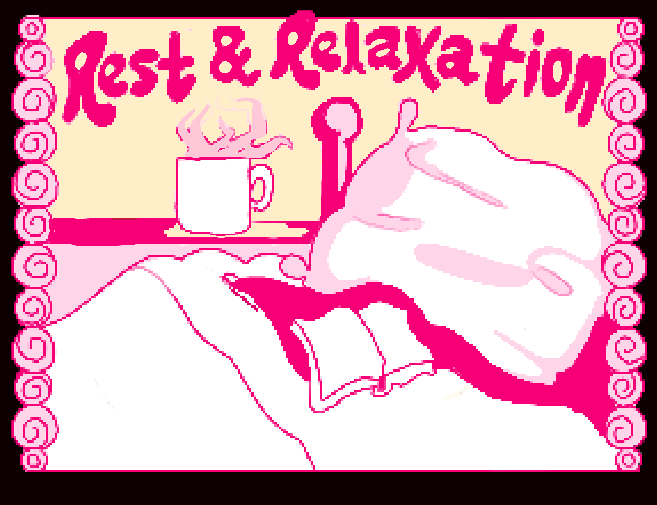Every year, people take spring break trips — it’s a time to get away and enjoy the sunshine, especially if you’re living in the Northeast. Spring break for college students is always anticipated and talked up as the trip of the year. But is spring break truly the highlight of the spring term, or has it become overhyped?
Whether it’s from friends, siblings, TV shows or movies, you’ve seen what spring break is supposed to look like. But in reality, it never does. Spring break trips are usually expensive and not worthwhile. Even if you save up enough money to go on a trip, most people I know end up hating it and not having a good time.
The pressure to make spring break memorable creates unrealistic expectations and can end up ruining your vacation. When you think a trip doesn’t live up to the standards you wanted based on what you’ve seen online, it often hampers your enjoyment of the trip. Social media platforms overwhelm our screens with picture-perfect images, which creates pressure to have the perfect experience and leads to disappointment when reality doesn’t live up to the original vision.
One big thing about spring break that makes it so unenjoyable is how companies use this time of year against students. Travel agencies, airlines and hotels take advantage of the season to raise their prices, which makes it an even more expensive endeavor. Even if you’ve saved up a lot of money, it still might not be enough. The financial burdens of spring break can lessen your enjoyment during your trip — having to worry about food expenses and other extra costs is incredibly stressful.
The typical spring break locations — Florida, Mexico, Las Vegas, you name it — also become overcrowded, which turns a getaway into chaos with long lines, packed beaches and excessive crowds. The idea of getting away on spring break to relax becomes difficult when everywhere you turn on break is packed with people — maybe even people you wanted to get away from in the first place.
Since spring break is so short, these trips often don’t end up being relaxing — many people return to their normal lives even more tired and exhausted than before they left. Between hectic schedules, a full itinerary and constant socializing, what is supposed to be a break is often just tiring. Instead of coming back refreshed and ready for the rest of the semester, many individuals find themselves playing catch-up with coursework and struggling to restart their routine when they get back to campus. The expectation of rest is replaced with stress and fatigue, which could make the trip feel counterproductive — like it wasn’t worth your time or money.
People flood social media with images of beach vacations, extravagant parties and picturesque views, which is bound to create a sense of FOMO for those who couldn’t afford a trip, chose not to partake in spring break festivities or were disappointed by the way their trip went. Social media makes things feel like a competition, and when it comes to spring break, everyone wants to know where everyone went and who they went with.
On the other hand, spring break is a needed vacation for all college students during the spring semester. It’s a chance to rest and rejuvenate after midterms and get away from the cold weather. As students, we deal with intense academic pressures, crazy schedules, multiple jobs and extracurriculars. A week away from classes allows students to have an opportunity to recharge. Whether you decide to travel or stay home, taking a break from your daily routines is necessary for both your mental and physical health.
Instead of going on an expensive getaway, you could decide to take a road trip, have a staycation or go back to your hometown to visit family and friends. There’s nothing wrong with not having a crazy, lavish trip planned. Taking the time to de-stress in a way that is beneficial to you will help you get a more meaningful experience out of your spring break. Doing something for yourself is just as important as going on a trip and spending time with friends and family.
Instead of conforming to the expectations set by the media and your peers, define your own version of an ideal spring break. A fulfilling and relaxing break isn’t about where you go or how much money you spend but how you utilize your time off to recharge and enjoy your vacation.
No matter how you decide to spend your spring break, it’s important to remember that you should spend it how you want to. If you want to go to Miami or Cancun, then go, but if you want to stay local or go home for break, there’s nothing wrong about that either. There is no right way to have your spring break. It’s time to take back spring break for ourselves and spend it how we want, regardless of media or financial pressures.
Emily O’Neil writes primarily about societal issues, politics and campus life. Write to her at ero26@pitt.edu.


